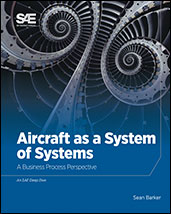Technical Paper
Understanding Quality in the IPT
2000-05-16
2000-01-1728
Quality has been the illustrious word of the 80s and 90s as we speak organizations are chasing quality problems through the engineering teams and into production. Taskforces of workers in white coats are being sent on to the production line to furiously check components, monitoring process capability in an attempt to improve product quality. Unfortunately it's only after several years of production that the first “real” data gets back to the engineering teams, when it is often too late to remove the causes of these quality problems. The organization is left kicking itself over the same old catch twenty-two situations, “If only the team knew this process data before they decided to engineer it like that!”

